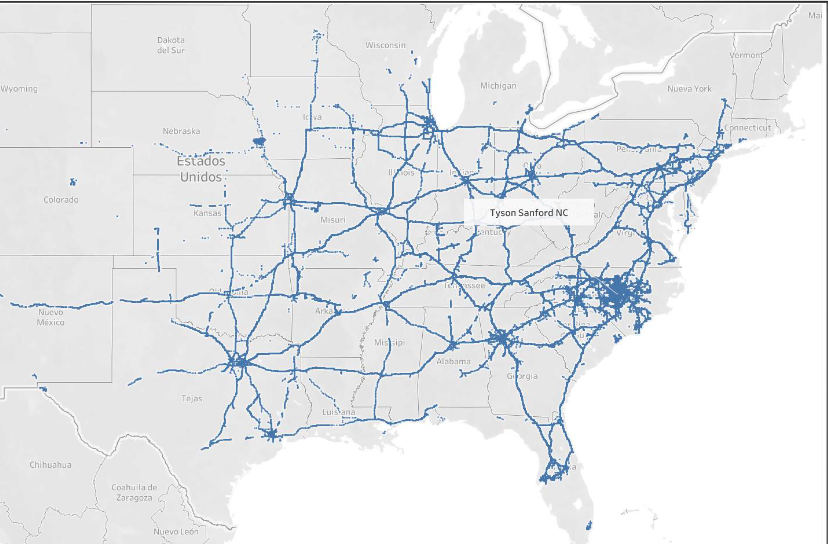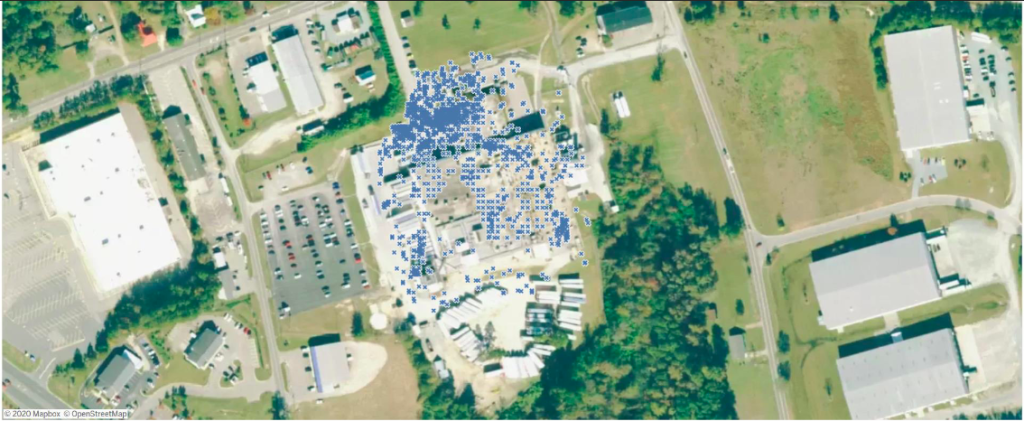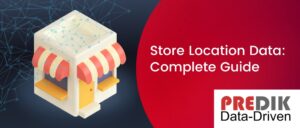Understanding how a product gets into the hands of customers requires a broad and comprehensive view across the list of all the companies involved in the distribution process, from the factories to the last distributor to the final customer.
Location analytics allows businesses to map their entire supply chain, in order to identify all components that are part of the logistic processes.
Multi-tier supply chains are multiple single-tier collaborations, i.e., multiple relationships between suppliers and buyers, within a supply chain. These multilevel chains are becoming a key strategic driver to reduce costs, decrease capital assets and bring products to the market in a more efficient way than the competitors.
Supply chains can be divided into a “tier” system based on proximity to a business or final product.
Also Read: “Big Data for supply chain sustainability“
TIER 1 SUPPLIERS
These are partners with whom business is done directly, including contracted manufacturing facilities or production partners.
TIER 2 SUPPLIERS
It is easiest to identify Tier 2 suppliers as the sources from which Tier 1 suppliers obtain their supplies.
TIER 3 SUPPLIERS
Tier 3 suppliers or partners are one step beyond the final product and typically deal with raw resources.
Most companies have structured supply chain analytics that provides visibility to their Tier 1 suppliers. Undoubtedly, breaking the barrier of visibility beyond Tier 1 is the most difficult, which is why companies that achieve multi-tier visibility do so through location intelligence and spatial data.
Traceability: Enables the detailed visualization of the process of tracking the provenance and journey of products and their inputs, from the beginning of the supply chain to final use, finding efficiencies, meeting regulatory requirements, connecting with and understanding upstream supply chain actors, and, of course, telling consumers the provenance and journey of products becomes more accurate and efficient.
Supply chain mapping: Creates a complete picture of companies and organizations within the supply chain at each level, enabling visibility of all potential actors within each level of the supply chain and improving risk assessment, and prioritizes suppliers and actions within a sustainable sourcing strategy.
You might be interested in “Case Study Ι Food Service Company’ Supply Chain Mapping I USA“
Transparency: Disclose supply chain and sourcing information to stakeholders, generating the right answers to the following questions:
- Who: Who needs visibility and access to supply chain information, and for what purposes?
- What: What information is shared and in what format? Is it a list of suppliers or a map? Does it include multiple tiers? What information needs to be included?
- When: How often will the information be shared and updated?

“According to Gartner, supply chain professionals “increasingly see a financial benefit in sustainability, and a majority plan to invest in waste reduction, ethical sourcing, water-efficiency improvements, and carbon emission reduction over the next 18 months.” What’s more, EY research shows that sustainable supply chains investments can add 12% to 23% to supply chain revenue. But to achieve monetary, reputational, and competitive advantages, supply chain and procurement practitioners must go beyond touting organic cotton and shoes made from recycled plastic. We must prioritize visibility and transparency into our full supply chains.”Read the complete article from supplychainbrain.com“
At PREDIK Data-Driven we use location intelligence and advanced analytics to answer questions such as:
- What other vendors do my customer work with?
- Who are my competitor’s customers?
- Who are the wholesalers of a specific company?
- Who are the distributors my competitors work with?
- What does my competitors’ supply chain look like?
- What are the facilities of specific companies?


